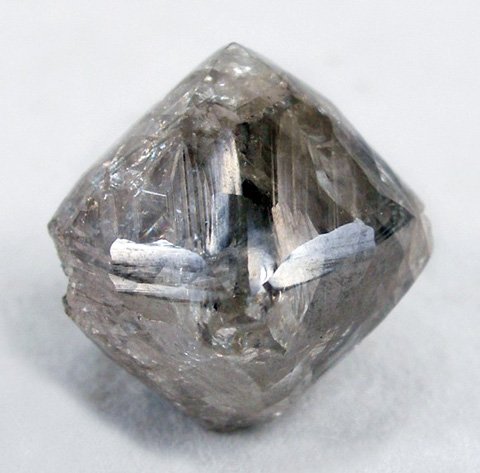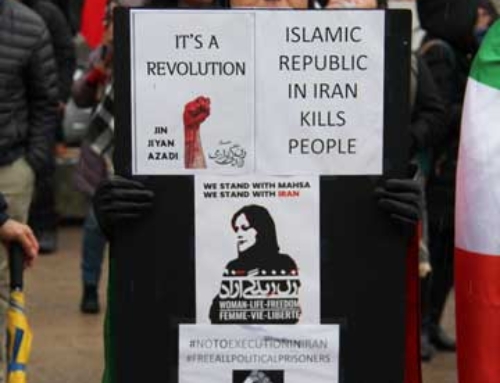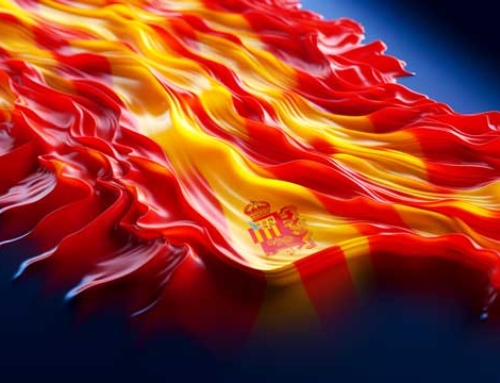Better understand the market forces driving rough diamond trade
The Diamond Manufacturers and Importers Association of America (DMIA) and the United States Kimberley Process Authority (USKPA) are to conduct a joint research project to study the trade in rough diamonds in the United States. The study will educate the members of both associations about the activity and nature of US imports and exports of rough diamonds. The plan is to better serve industry by gathering hard data about the trade in rough diamonds to better understand the market forces driving rough diamond imports and exports.
The scope of the research will include information about market trends, valuation, import and export flows as well as sources. The research project will be conducted by USKPA Directors Dr. Martin Hochbaum and Cecilia Gardner, along with Jeffrey Fischer, representing the DMIA.
“Cooperation from the rough diamond industry to assist in this research project will be key to its success”, said Ronnie Vander Linden, President of DMIA. “All members of DMIA are urged to cooperate when contacted by the research team.”
Risks and vulnerabilities of diamond trade
In September, industry analyst Chaim Even-Zohar published an exhaustive article on rough trading in the United States which he called “the rough diamond laundromat of choice”.
The diamonds trade has existed for centuries. It has developed a unique culture and trade practices,
which have their own characteristics and variations across countries and continents.
However, the international diamond trade has changed in the last few decades:
- De Beers no longer holds the same all inclusive diamonds monopoly.
- A number of smaller diamond dealers have entered the market.
- Distribution channels have become more diverse.
- New trade centres have emerged with billions of dollars’ worth of
diamonds, and financial transactions go in and out of newly founded
bourses and their ancillary financial institutions. - Cutting and polishing has shifted (except for the most valuable stones) from
Belgium, Israel and the US mainly to India and China, with smaller cutting
centres emerging. - Cash transactions are still prevalent but the usage of cash is diminishing.
- The internet, as in all other facets of life, is rapidly taking its place as a
diamonds trading platform.
These significant changes in the “diamonds pipeline” structure and processes raised the question of
whether the risks and vulnerabilities remain the same and whether current AML (anti-money laundering)/CFT (counter financing of terrorism) standards and national regulations are sufficient to mitigate the different ML (money laundering)/TF (terrorist financing) risks and vulnerabilities
identified in the research.
“The existence of terrorism, despicable as it may be, shouldn’t lead anyone to hold this business back in an excessive manner.”
Sylvain Goldberg – on the Kimberley Process and better monitoring of the international diamond trade







